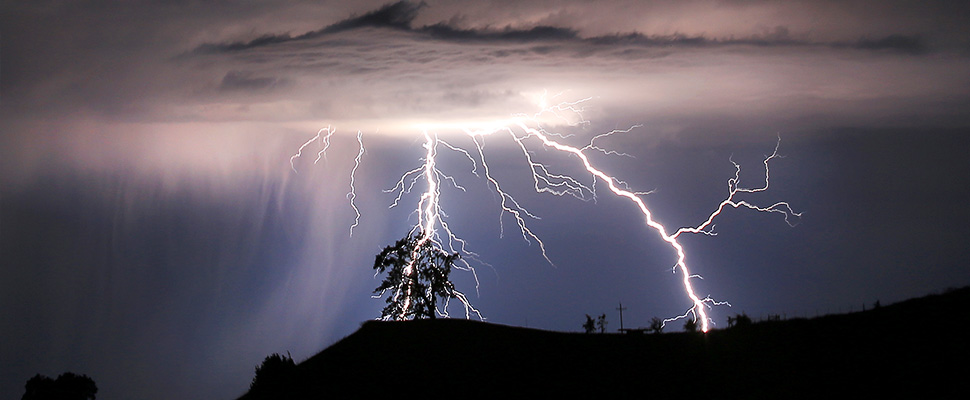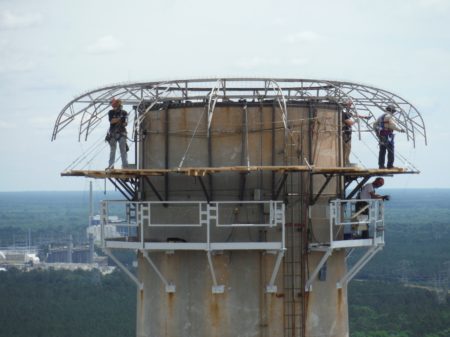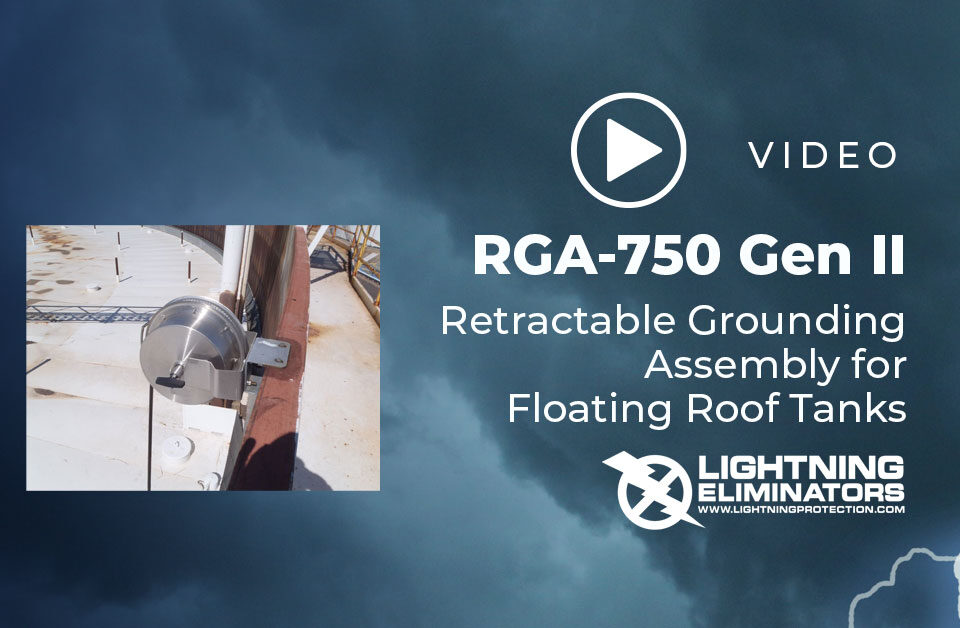- We Prevent Lightning Related Problems.

Lightning Protection Products
August 31, 2017
Lightning Rods And Lightning Protection Solution
September 1, 2017The Only Lightning Protection Systems That Eliminates A Strike
Need Of Lightning Protection Systems
Lightning protection systems are commonly known as LPS is designed to protect non conducting structures such as buildings and its contents from lightning damage.
This system provides mean by which a lightning discharge may enter or leave earth without damaging or even passing through conducting or non-conducting source such as electrical and sensitive equipment.
A standard LPS does not prevent lightning from striking; it simply provides the lightning strike a low resistance path to the ground where the enormous energy is safely dispersed.
However, the lightning protection systems manufacturers and patented by the Lightning Eliminators and Consultants Inc. work under the Dissipation Array System. This technology retards the collection of lightning within a finite protected zone. In more simple words, the system reduces the potential voltage difference between the protected site and the storm clouds significantly, thus preventing a lightning strike.
This reliable lightning protection systems encompasses both structural and transient over-voltage protection.
Let us understand the lightning protection system under the charge transfer technology; patented as the Dissipation Array System.
Without a protection device, every ground object will provide a path to earth to emit positive streamers (electricity) upwards into the sky. These positively charged ions intercept the negative ions from a thunder storm creating a channel of air for these voltage currents to travel along thus causing a lightning strike.
With LEC’s lighting protection systems in place, the formation of upward positive streams is interrupted thereby eliminating a direct lightning strike within the protected area. It continuously lowers the voltage potential between the protected site and storm cells, preventing any lightning activity from terminating and does not allow itself to be struck either.
Advantages of installing a lightning protection system
- It prevents fire and/or explosion. A fire or explosion can be triggered by the heat of lightning flash or by the overheating of electrical arcing and conductors.
- It prevents failure of internal electrical and electronic systems
- It prevents mechanical damage including dislodged materials and punctures of structure roofing
Lightning can be unpredictable and well-designed lightning protection systems will take this into consideration. Lightning Eliminators and Consultants Inc. has designed this system such that it eliminates the huge energy from the protected area and at the same time safely using its other devices to draw away the energy which might have entered the protected area.



